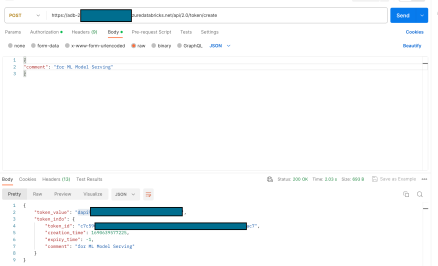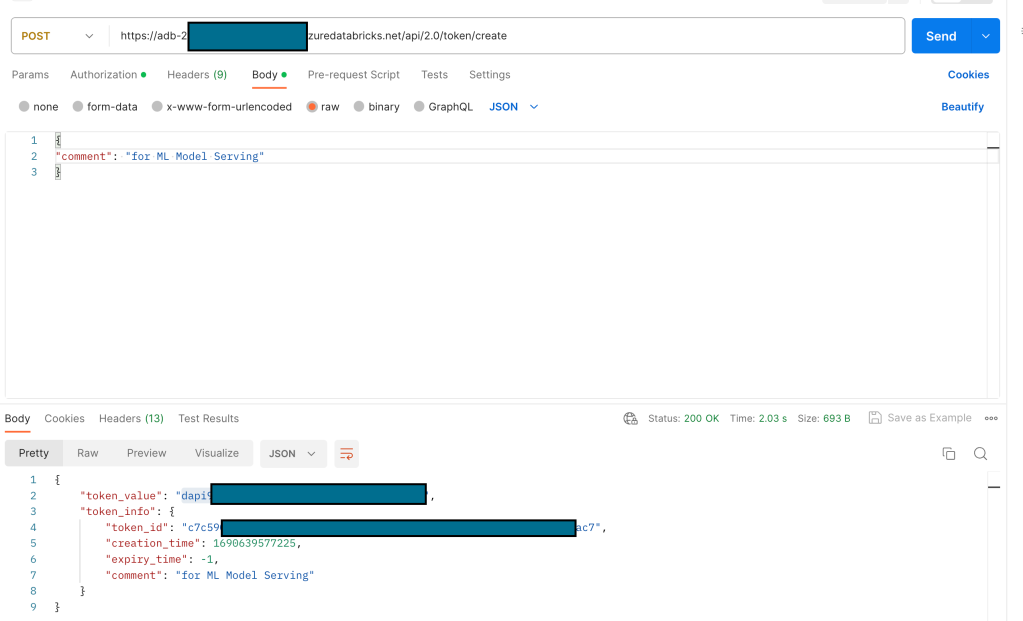 The Indian government has recently passed the Digital Personal Data Protection Bill (DPDP) in 2023. This is a significant step towards establishing a framework for managing citizens’ data in India.
The Indian government has recently passed the Digital Personal Data Protection Bill (DPDP) in 2023. This is a significant step towards establishing a framework for managing citizens’ data in India.
Previously, data protection was governed by the Information Technology Act of 2000 (Section 21). With this law, customers have been granted specific rights over their data including correction, erasure, grievance redressal, and withdrawing consent.
For every marketer in India, it’s essential to understand and follow the provisions of the DPDP law to avoid severe penalties. Whether you do digital marketing, events marketing or are an organisation collecting data, this bill affects you. Even companies collecting data from their employees are within ambit of this law.
Penalties for Data Fiduciaries/ data collectors breaching customer data security can reach up to Rs 250 crore or USD 30 mn. Penalties are influenced by severity, repetition, and actions taken by the fiduciary.
In this blog post, we’ll highlight the key points of this law that are relevant for marketers:
To grasp the DPDP, it’s important to know the main entities involved:
- Data Fiduciaries: These are the parties primarily responsible for handling data. As a website owner, you are a Data Fiduciary.
- Data Principals: These are your customers or individuals whose data you are handling.
- Data Processors: These are entities that process data on behalf of Data Fiduciaries. Processing includes various operations like collecting, storing, transmitting, and more.
Whether your website is hosted in India or abroad, if it deals with data of Indian citizens, the DPDP law applies (Section 3(b)). As website owners, you can appoint a different Data Processor (Section 8(2)), but you are responsible for data handling and ensuring the processor complies by implementing appropriate measures. This means that you can use external service providers e.g. for emails, SMSs, Whatsapp, Social Media but are responsible for their adherence to these laws.
Obligations of Data Fiduciaries are as follows:
- Processing for Lawful Purposes (Section 4): Data can only be used for lawful purposes for which the data principal has given consent. You need to notify individuals about the purpose of data collection at the time of data collection. If you acquired customers before this law was enacted, you must provide this notification as soon as possible. The burden of proof for consent lies with the Data Fiduciary.
- Consent and Withdrawal (Section 6): Individuals can withdraw consent at any time, and you must stop processing their data within a reasonable time (not defined). This includes deleting data from both the processor and fiduciary.
- Data Protection Officer (Section 8(9)): You must appoint this officer to address customer data queries.
- Exceptions for Processing without Consent (Section 7): Certain exceptions exist where prior consent isn’t needed, such as government processing, medical emergencies, financial assessments, compliance with legal judgments, and natural disasters.
- Breach Notification (Section 8(6)): If there’s a data breach, you must notify affected parties.
- Data of Children (Section 9): Consent from parents is required for individuals under 18. Advertising targeting children is prohibited.
DPDP isn’t as strict as GDPR in terms of processing data within national boundaries, but this can be restricted by government notification. It clarifies that if other laws limit data residency, DPDP doesn’t relax those restrictions. The Government can override data protection laws for maintaining state security and sovereignty (Section 17(2)).
Foreign citizens’ data can be processed in India through valid contracts (Section 17).
DPDP provides an additional advantage to registering yourself as a startup. A lot of exceptions around data compliance apply to startups (Section 17(3)).
As a final clarification, if there are any other laws that are in conflict with this law, then the provisions of this law will prevail to the extent of this conflict.
Disclaimer: This is an overview, consult your legal representative for specific advice.








